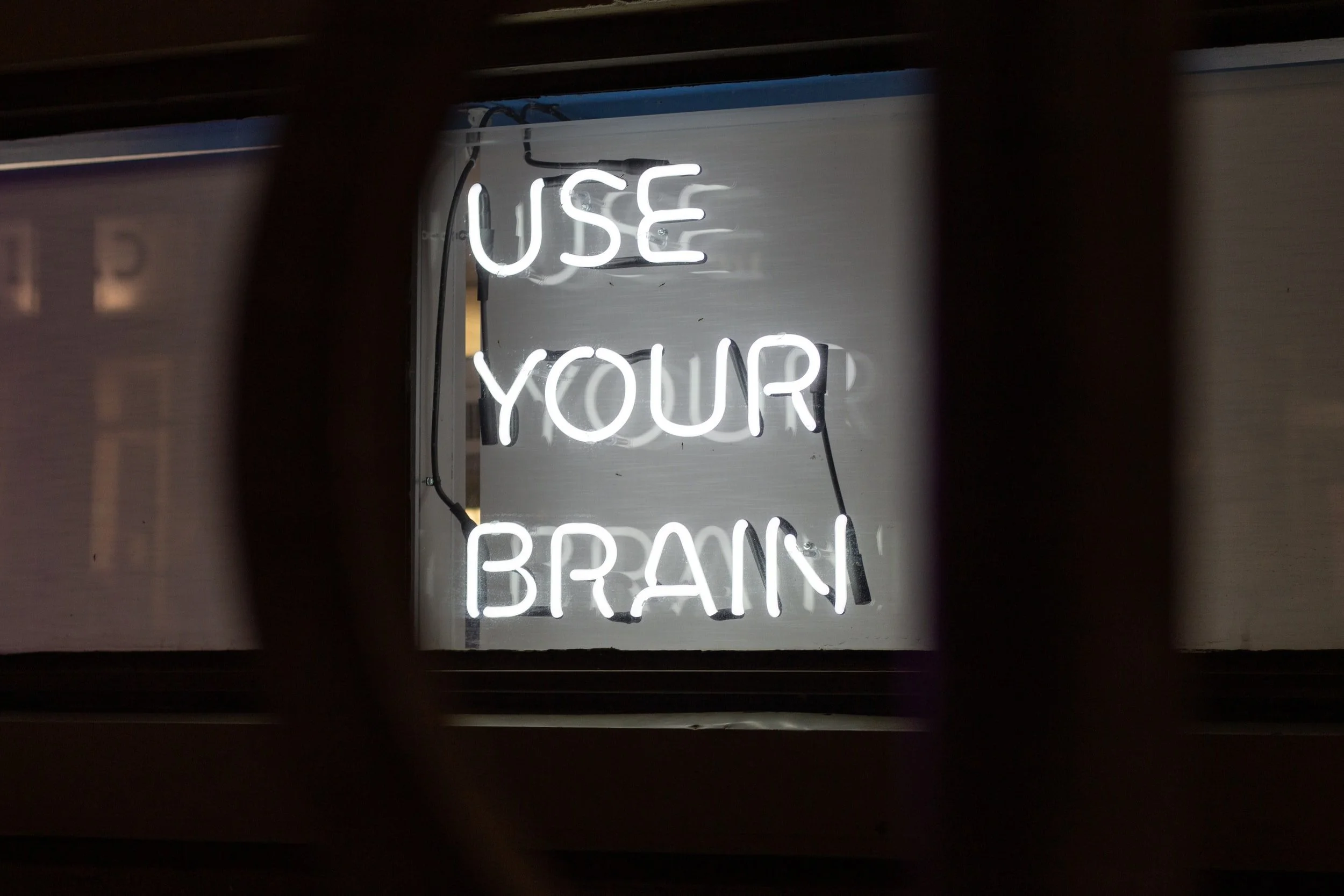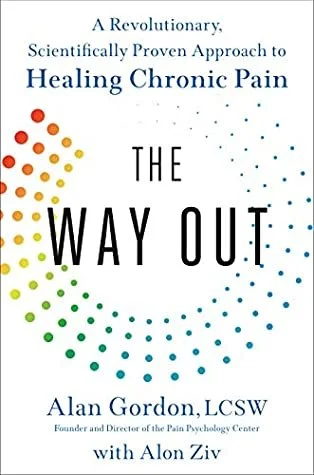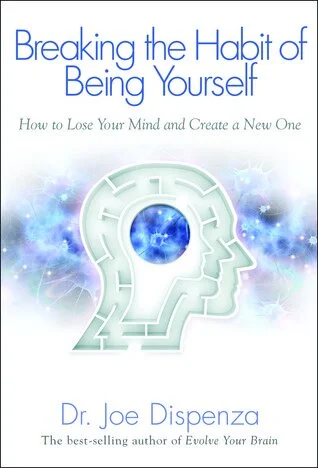Is Chronic Pain Real or a Stress/Trauma Response? (Part 1)
My lower back has been in continual pain since last December. I almost don’t remember what it feels like to get up in the morning, to work out, or to sit for long hours without this pain.
On most days, I can’t believe this is my body. It feels like I’ve been betrayed by the one thing I had been able to count on for so long. I did have an issue with my back around six or seven years ago so it’s not completely out of the blue. I bent over the sink while brushing my teeth when I felt a zing go up my back. It was intense and turned out I had a herniated disk. It took a few weeks to heal through regular chiropractic care, electrical stimulation, acupuncture, and rest so when I was pain-free, I thought that was it.
That lower back pain began to show up again a few years later but it seemed to be when my hips went out of alignment, either from sleeping weird or after a lower-body workout. With a couple of adjustments and some laser treatment, I’d be good to go again. Until last December, when I wasn’t.
Initially, I thought it was because I had slept in a strange (not a stranger’s!) bed for a week while on vacation. I expected to go to the chiropractor, do a few adjustments and laser then be good to go. I wasn’t. My pain was persistent and kept me from doing things like running and lifting weights but that’s not all. I couldn’t sleep well, sit for very long, or even walk like I used to. And my pain ranged from a dull ache to a stabbing pain to a zing. It was bizarre, frustrating, and very stressful. The usual things weren’t helping at all.
Finally, I decided to see a different chiropractor and right away she did x-rays to see what was going on. My mind was BLOWN when she showed me that I had mild scoliosis. I started going three times a week for a couple of months then slowed down to two, or even one, depending on if I could squeeze it in. I’m happy to report that the scoliosis has gotten significantly better but the lower back pain has continued, much to my frustration.
Over the past few months, I’ve received a few hints from the Universe and started following the bread crumbs. For example, I went to Barnes and Noble a few weeks ago, looking for a specific book, and I saw this one looking back at me as well. I have this thing for waiting for a book to choose me and this one was it.
I noticed the words chronic pain first then I saw the word healing. I snatched the book off the shelf so fast I about gave myself whiplash. I’d been reading and listening to a lot of things having to do with neuroplasticity, like this one…
…so when I found The Way Out, it starts out by sharing the author’s own struggle with chronic pain which makes mine look like a walk in the park. His road to healing actually started with a book that led him to study the neuroscience of pain. He realized his own pain was neuroplastic and went on to create techniques to rewire his brain which in turn helped him eliminate his pain. Boom! I was sold.
Turns out there’s a process that starts with getting an understanding the pain.
How do we know if our pain is neuroplastic or structural? Here are the questions he asks his patients (and his readers):
Have medical treatments been ineffective or just given you temporary relief?
Did the pain come on during a stressful time in your life?
Do you have (or have you had) symptoms in multiple parts of your body?
Is your pain inconsistent in terms of where and when it appears and how severe it is?
Do you think about the pain often or all the time? Does it worry you throughout the day?
I answered yes to all but one of these questions. <gulp>
So now what? What does all of this mean?
What Gordon says is that our body is using fear as the fuel for the pain. It ties into the nervous system always being turned on, as in the flight or fight response. He’s not saying the pain isn’t real…like you very well may have a single incident like an accident, a fall, or an injury that caused the pain in the first place. But, it can be our stress, worry, anxiety, and/or fear that keep it going. Then we have a vicious cycle…pain, fear, more pain, more fear and so on.
He suggests taking a new perspective. Rather than telling ourselves that there has to be something going on in the body to cause us pain, what if we adopt the view that the brain has made a mistake and the body is actually fine. This view gets the fear to subside which then the pain does, too.
I know, this all sounds a bit much but after reading about the power of our brain for the past few months, I can totally see how this can happen. But like I said, Gordon has a process to undo all that craziness that’s happening in my brain right now and the first step is called Somatic Tracking. I start by noticing the pain.
What does it feel like?
Describe the sensation. (tight, burning, stabbing, tingling, etc.)
Is it localized or widespread?
Is it stronger in some spots or the same all over?
Then after I answer those questions, I notice what is going on with the sensation.
Does it get stronger?
Does it change in quality?
Does it move around?
That’s it! That’s somatic tracking. I am investigating my pain without fear, just observation. This is about being mindful which increases my feeling of safety, which interrupts the pain-fear cycle. The goal is to show the brain that our body is safe, that it doesn’t need to be in flight or fight mode, that there is no reason for the pain.
The somatic tracking process is about facing my fear which means exposing myself to the pain. This is like facing a fear of flying by getting on an airplane. The more we do it, the fear lessens and eventually goes away. Every time I do the somatic tracking and reassure my body it’s safe, this is what Gordon calls a corrective experience. He says to expect setbacks but look at them as speed bumps…they may slow us down but if we stay the course, we can’t be stopped
Through this process, my brain will develop a new understanding of my pain and eventually stop registering it all together. I can’t wait to share more as I go through this process but I also have a part 2 to this back pain healing journey so look for that soon. I’ll be sharing another modality that helped a ton and that I plan on doing more of in the near future.
This stuff is SO FASCINATING and I can’t recommend this book enough if you, or someone you love, are dealing with chronic pain.


